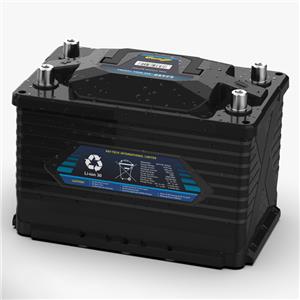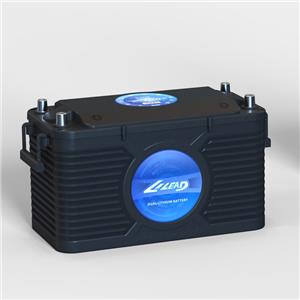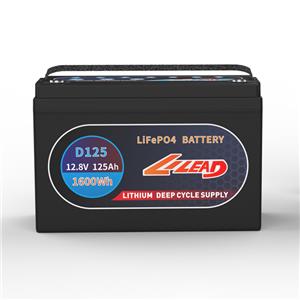Are you ready for the revolution?
Electrification has become a popular buzzword in the maritime industry, particularly in the last 4-5 years. Most notably, the recreational marine industry is seeing advances in lithium ion batteries, electric propulsion and the need for charging infrastructure.
It is possible to credit the electric revolution — whether it be on board or in electric propulsion systems — to a great extent as a result of advances in battery technology. Although there have been improvements in batteries since the construction of the first lead acid battery in 1859, there are still shortcomings in this type of battery technology. Many of these problems have been solved by lithium ion batteries; they tend to be better suited for larger loads and to provide more usable energy. They also have a much longer life span and provide much higher energy density.
Most lithium iron phosphate (LiFePO4 or LFP) batteries are used in most ships. As a cathode material, LFP is highly stable, meaning that it is far more secure than a cobalt-based lithium ion battery.
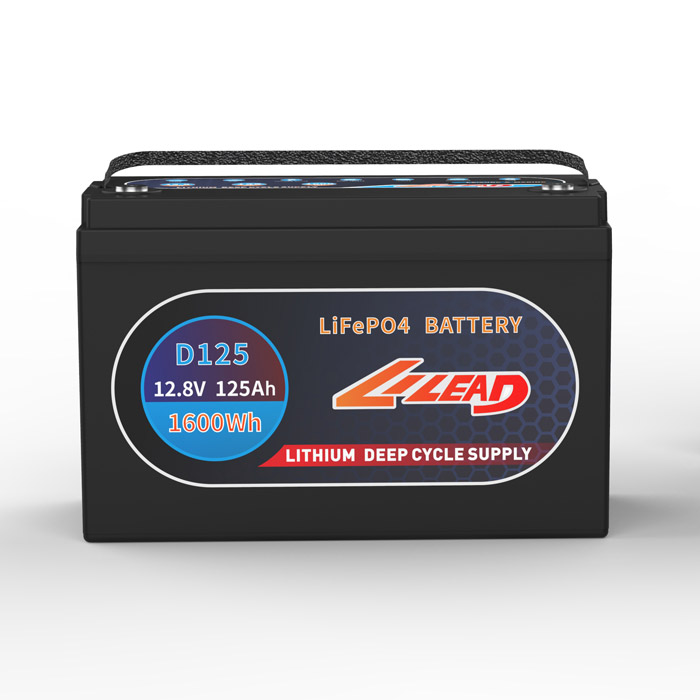
It is important to use high-quality batteries and cells. The market has been flooded with lithium ion batteries of dubious quality, and many ship owners may have been tempted to buy cheaper ones. Even the best systems will fail if they are not up to standard.
Nevertheless, correct installation and system design are important for the safety and performance of the boat's electrical system. The American Boat & Yacht Council, in response to requests for guidance from the industry regarding the installation of such batteries, began with the Technical Information Report (TE-13), which will be replaced this year by an updated Standard E-13 entitled Lithium-Ion Batteries. While Standard E-13 does not include any testing requirements, it refers to IEC and UL standards that manufacturers of batteries or cells must comply with.
Whatever the chemistry, a key term when talking about lithium ion batteries is the safe working envelope, which is a set of operating parameters that are specified by the battery manufacturer. These parameters include high and low voltage limits, charging and discharging current limits, charging and discharging temperature limits, etc.
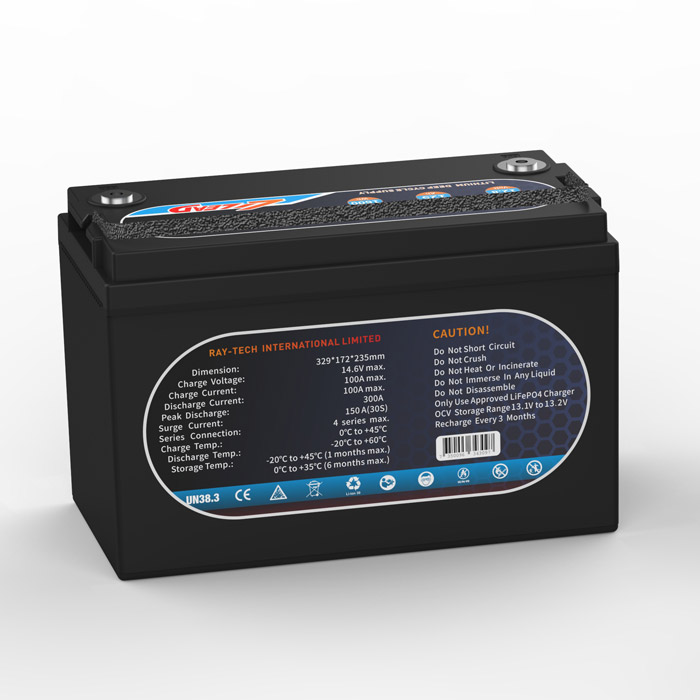
Each battery (or battery bank) should be equipped with a Battery Management System (BMS) in order to make sure that the battery operates within these limits. The BMS is an electronic circuit that protects lithium ion batteries from dangerous situations like overcharging or over-discharging, or charging or discharging at high or low temperatures. If the BMS senses that one of the following conditions is present, it will disconnect the battery from the charging source or load.
As ABYC and the related Technical Committees set up under Standard E-13, the main objective is to ensure that the battery system is installed and operated safely, without restricting the development of the technology. Therefore, even though the majority of the lithium-ion batteries are lithium-iron-phosphate batteries, the document does not limit installers to one cathode chemistry.


